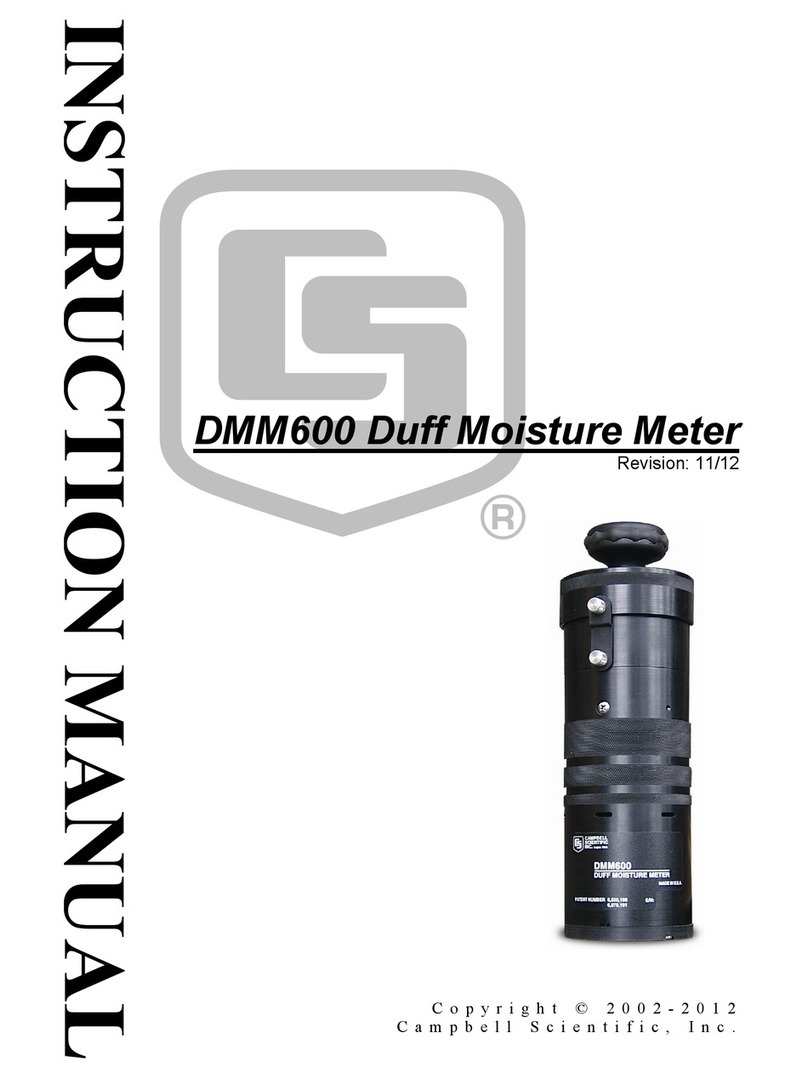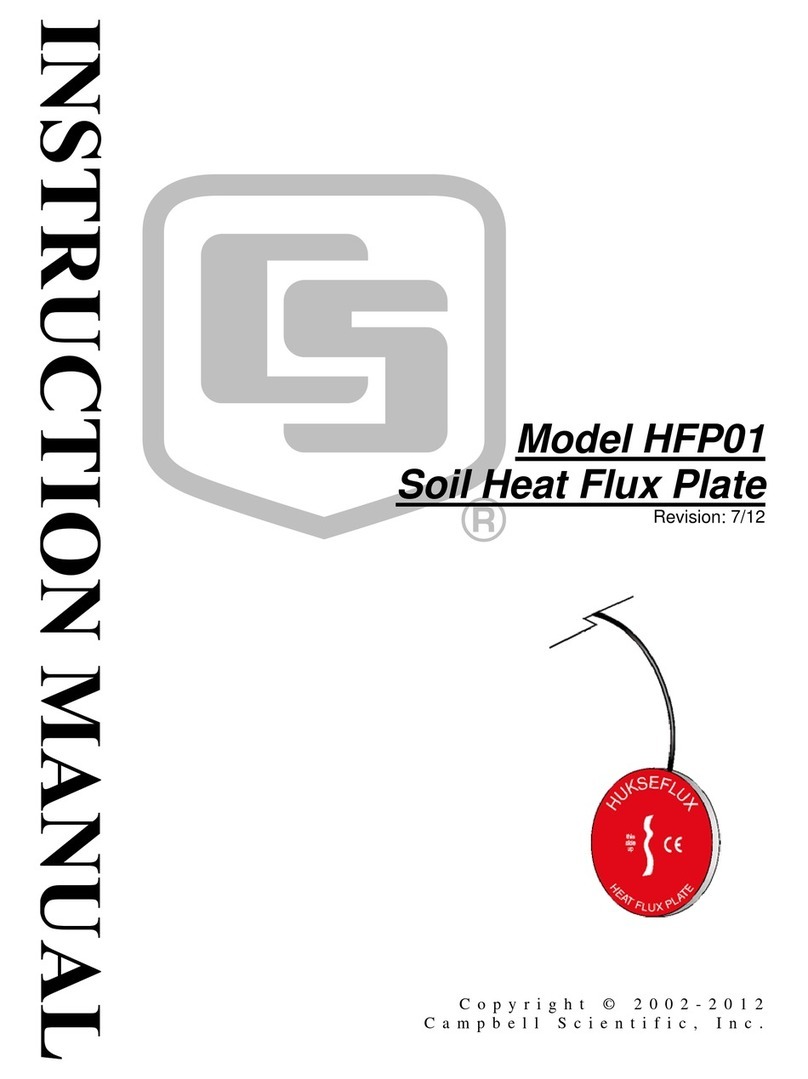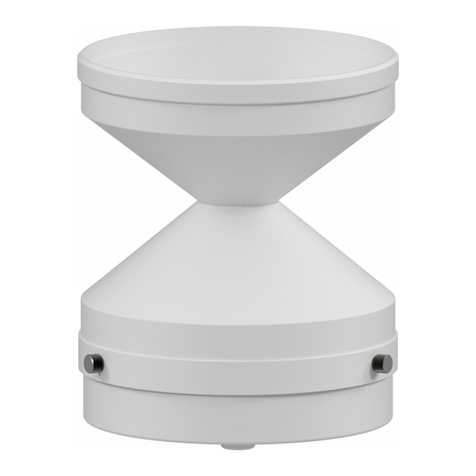Campbell CM 21 User manual
Other Campbell Measuring Instrument manuals
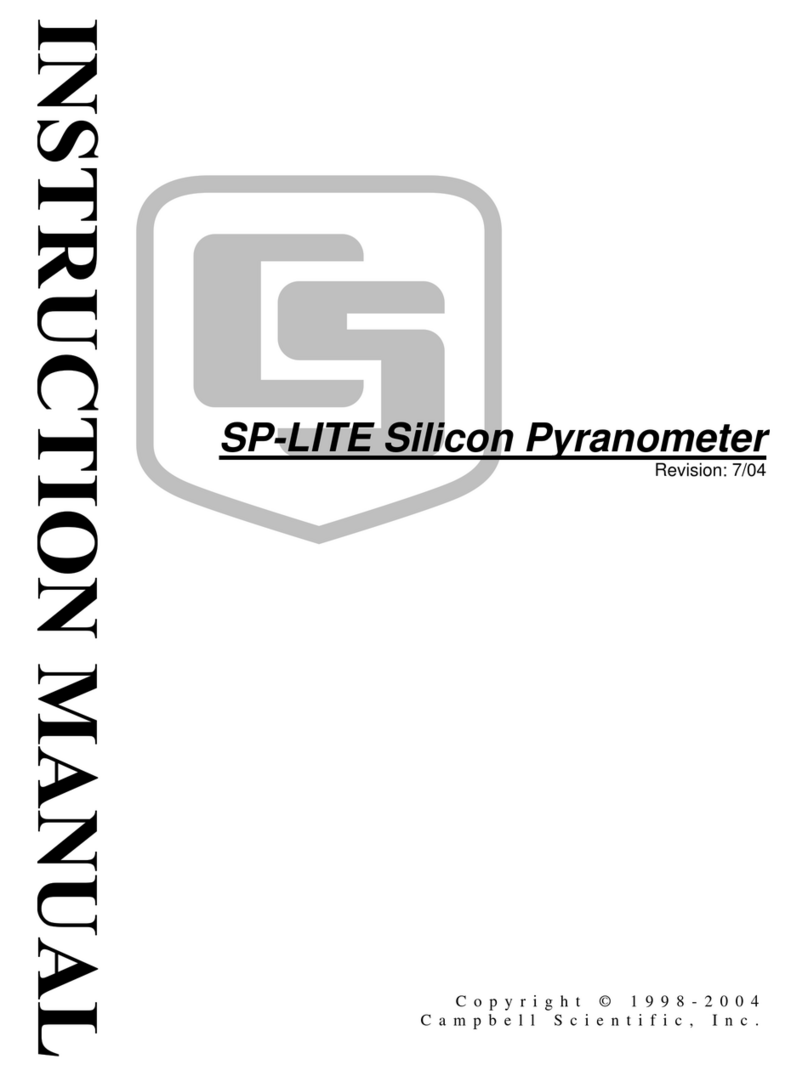
Campbell
Campbell SP-LITE User manual
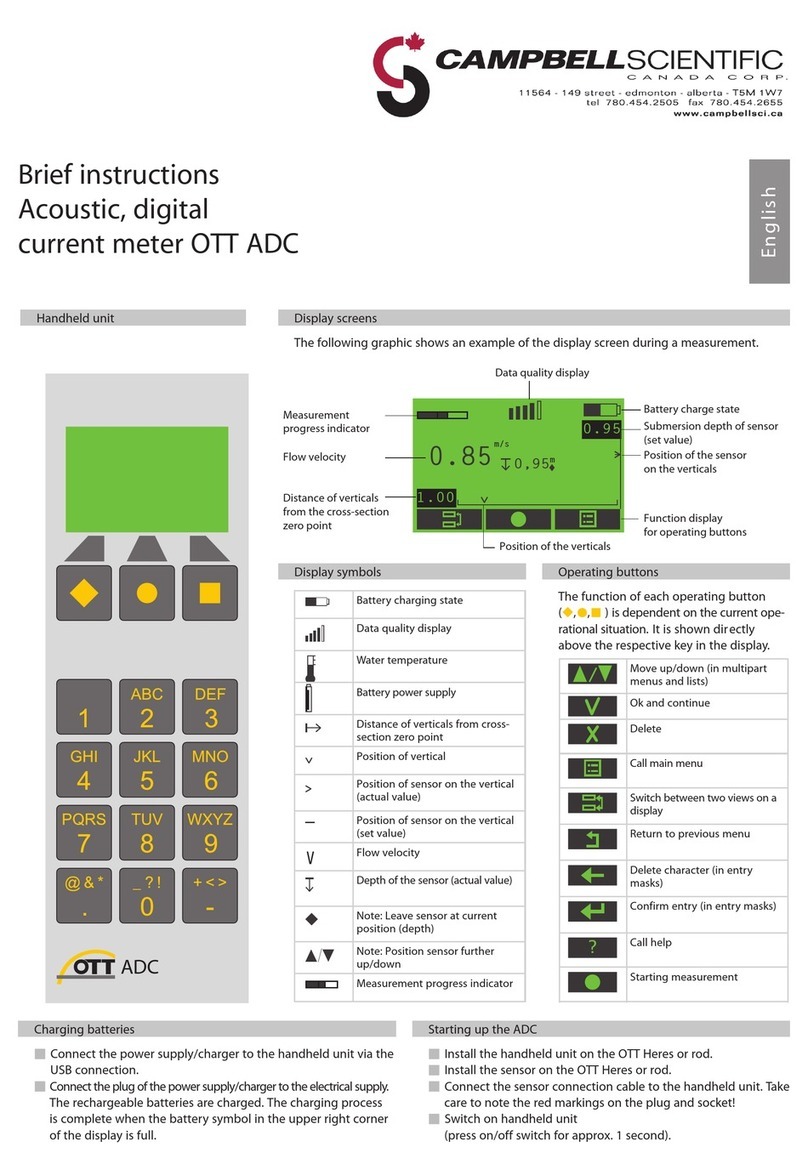
Campbell
Campbell OTT ADC Reference guide
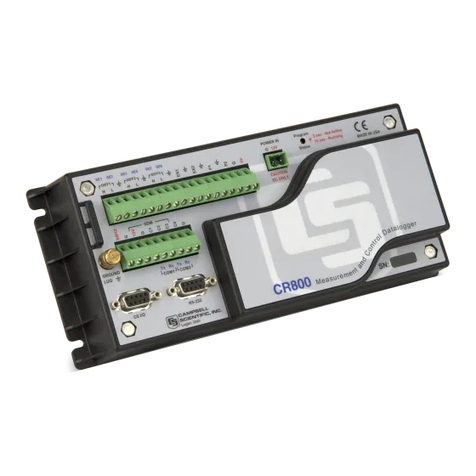
Campbell
Campbell CR850 User manual
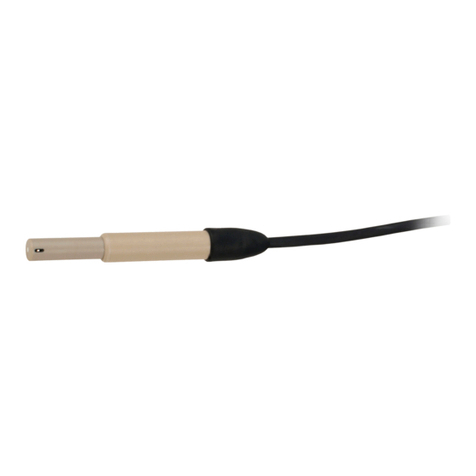
Campbell
Campbell CS526 User manual
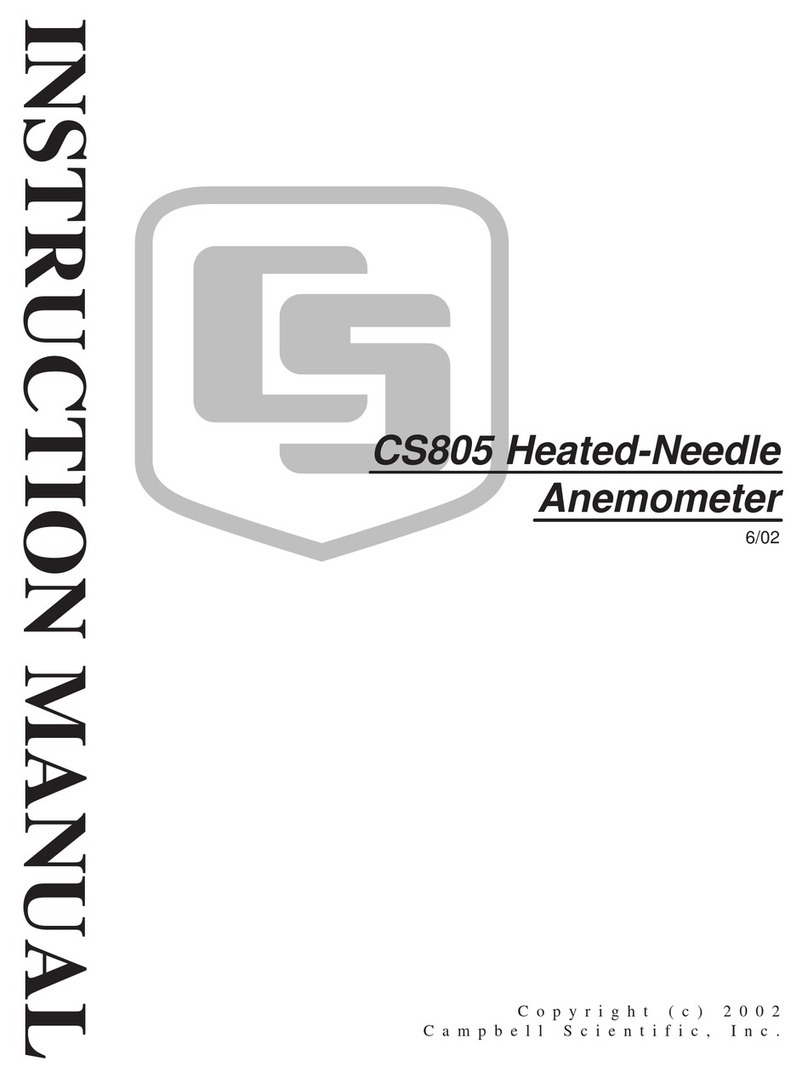
Campbell
Campbell CS805 User manual
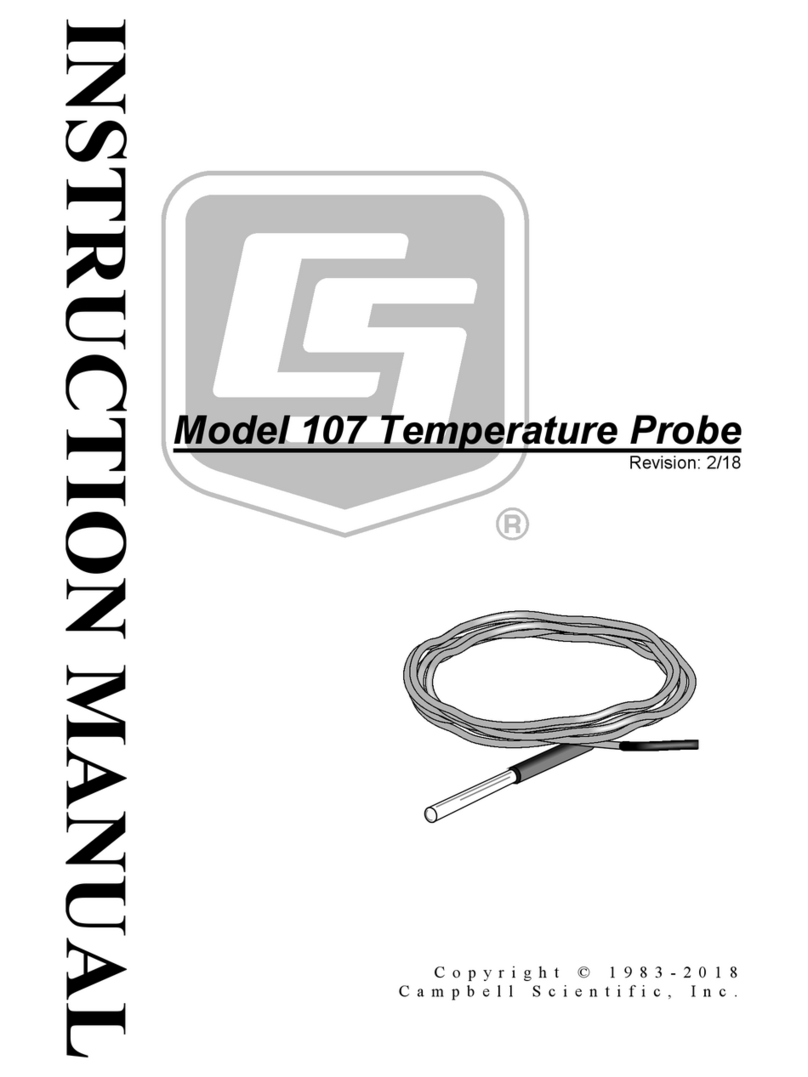
Campbell
Campbell 107 User manual
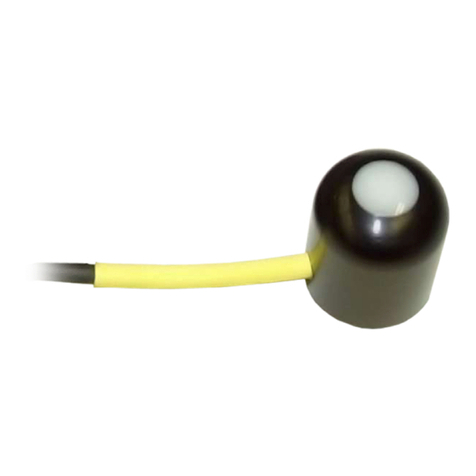
Campbell
Campbell CS300 User manual

Campbell
Campbell SkyVUE Pro User manual
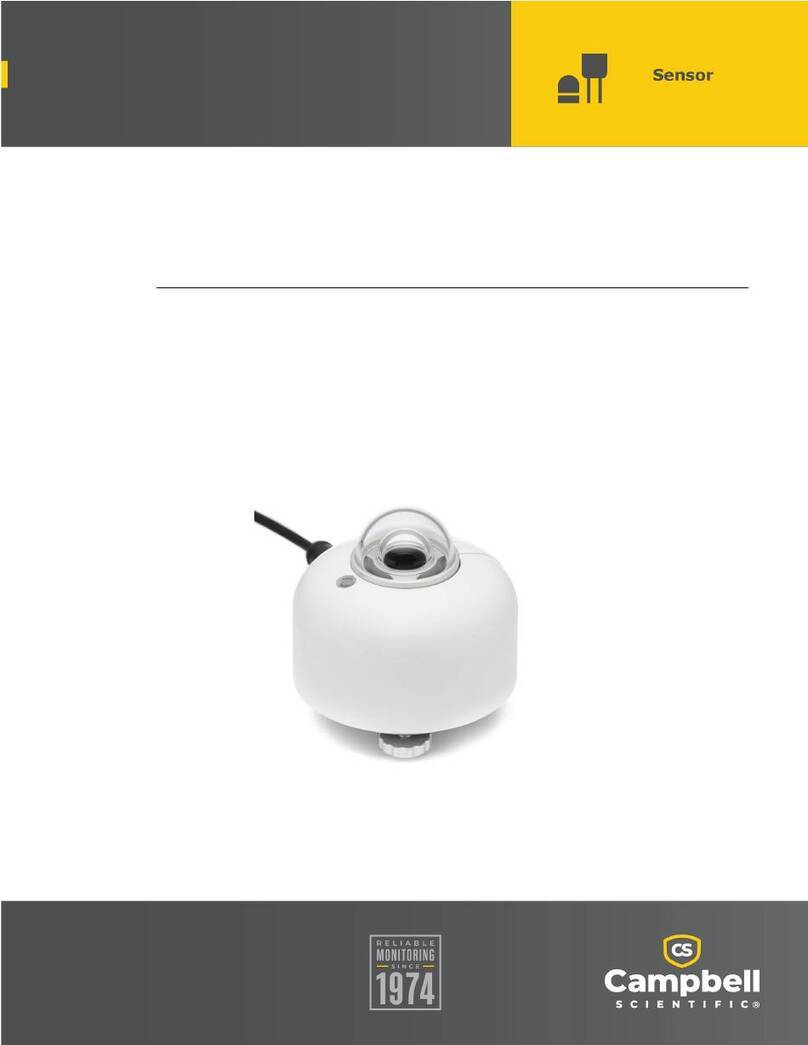
Campbell
Campbell SR30 User manual
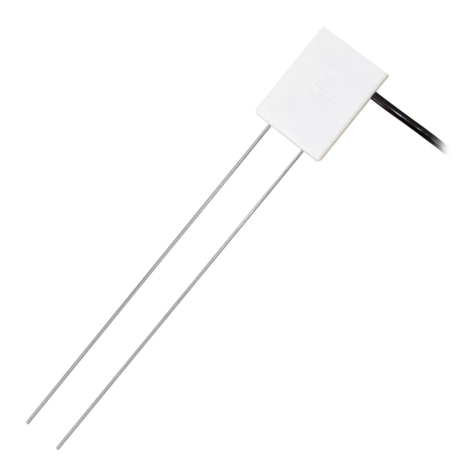
Campbell
Campbell CS616 User manual

Campbell
Campbell DataView II User manual

Campbell
Campbell CNR1 User manual

Campbell
Campbell 05103 User manual
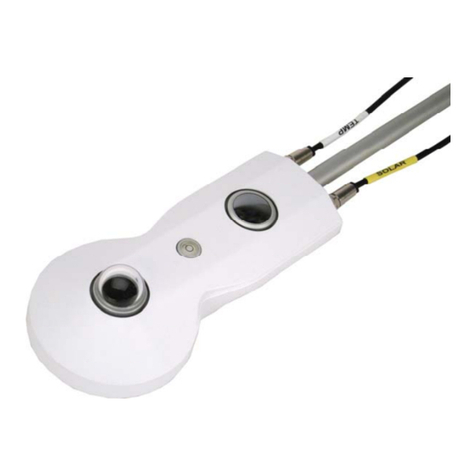
Campbell
Campbell CNR4 User manual
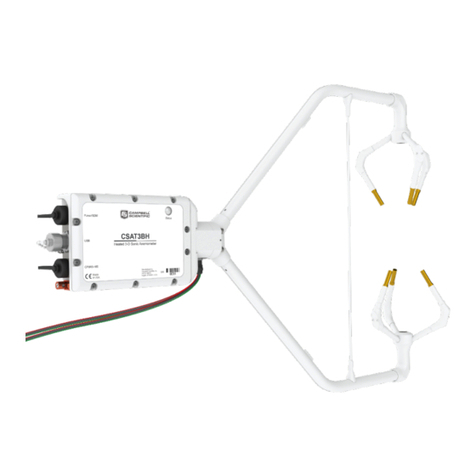
Campbell
Campbell CSAT3BH User manual
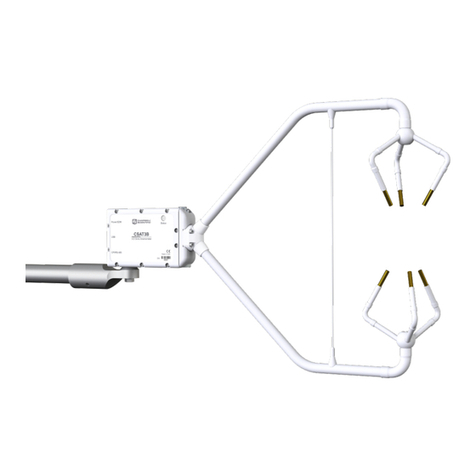
Campbell
Campbell CSAT3B User manual
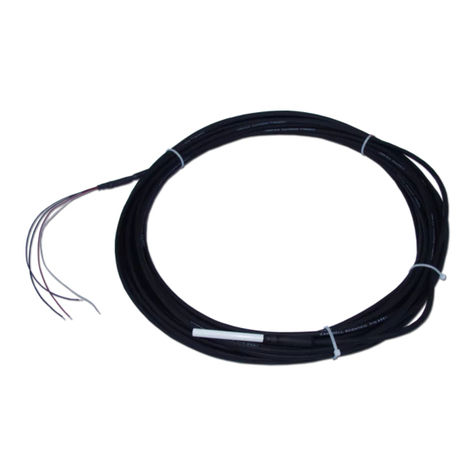
Campbell
Campbell 109 User manual

Campbell
Campbell CS616 User manual
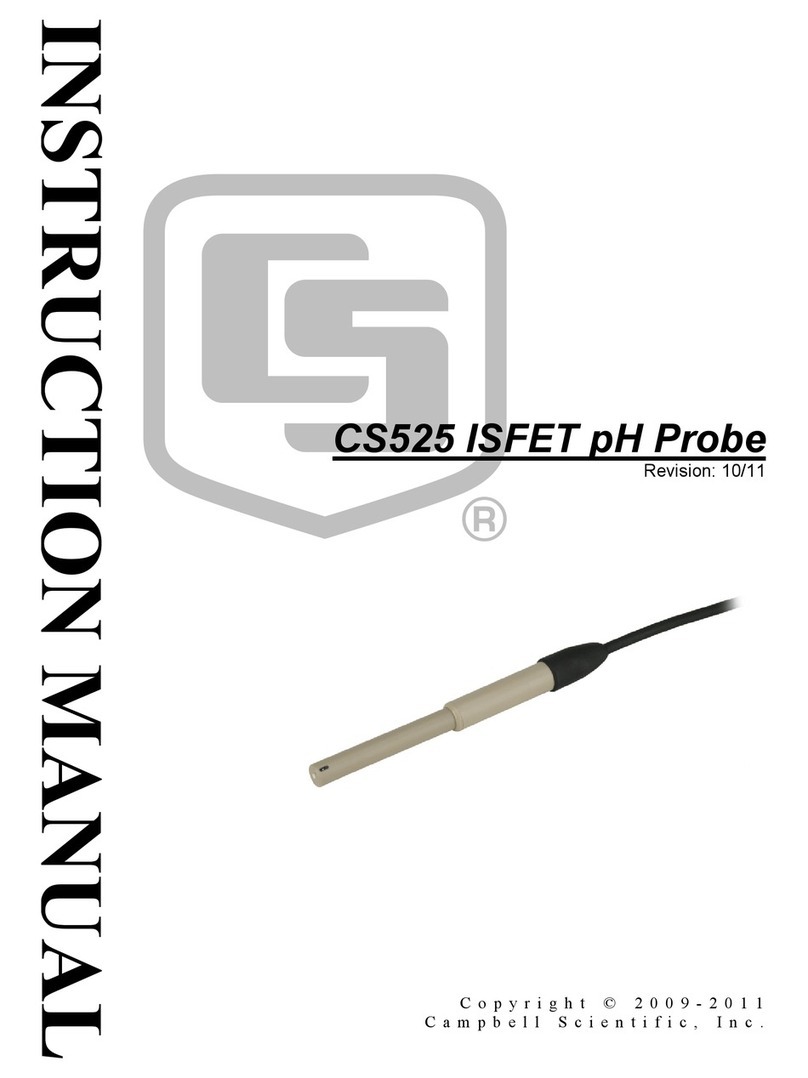
Campbell
Campbell CS525 User manual

Campbell
Campbell Nor150 User manual
Popular Measuring Instrument manuals by other brands

Powerfix Profi
Powerfix Profi 278296 Operation and safety notes

Test Equipment Depot
Test Equipment Depot GVT-427B user manual

Fieldpiece
Fieldpiece ACH Operator's manual

FLYSURFER
FLYSURFER VIRON3 user manual

GMW
GMW TG uni 1 operating manual

Downeaster
Downeaster Wind & Weather Medallion Series instruction manual

Hanna Instruments
Hanna Instruments HI96725C instruction manual

Nokeval
Nokeval KMR260 quick guide

HOKUYO AUTOMATIC
HOKUYO AUTOMATIC UBG-05LN instruction manual

Fluke
Fluke 96000 Series Operator's manual

Test Products International
Test Products International SP565 user manual

General Sleep
General Sleep Zmachine Insight+ DT-200 Service manual
